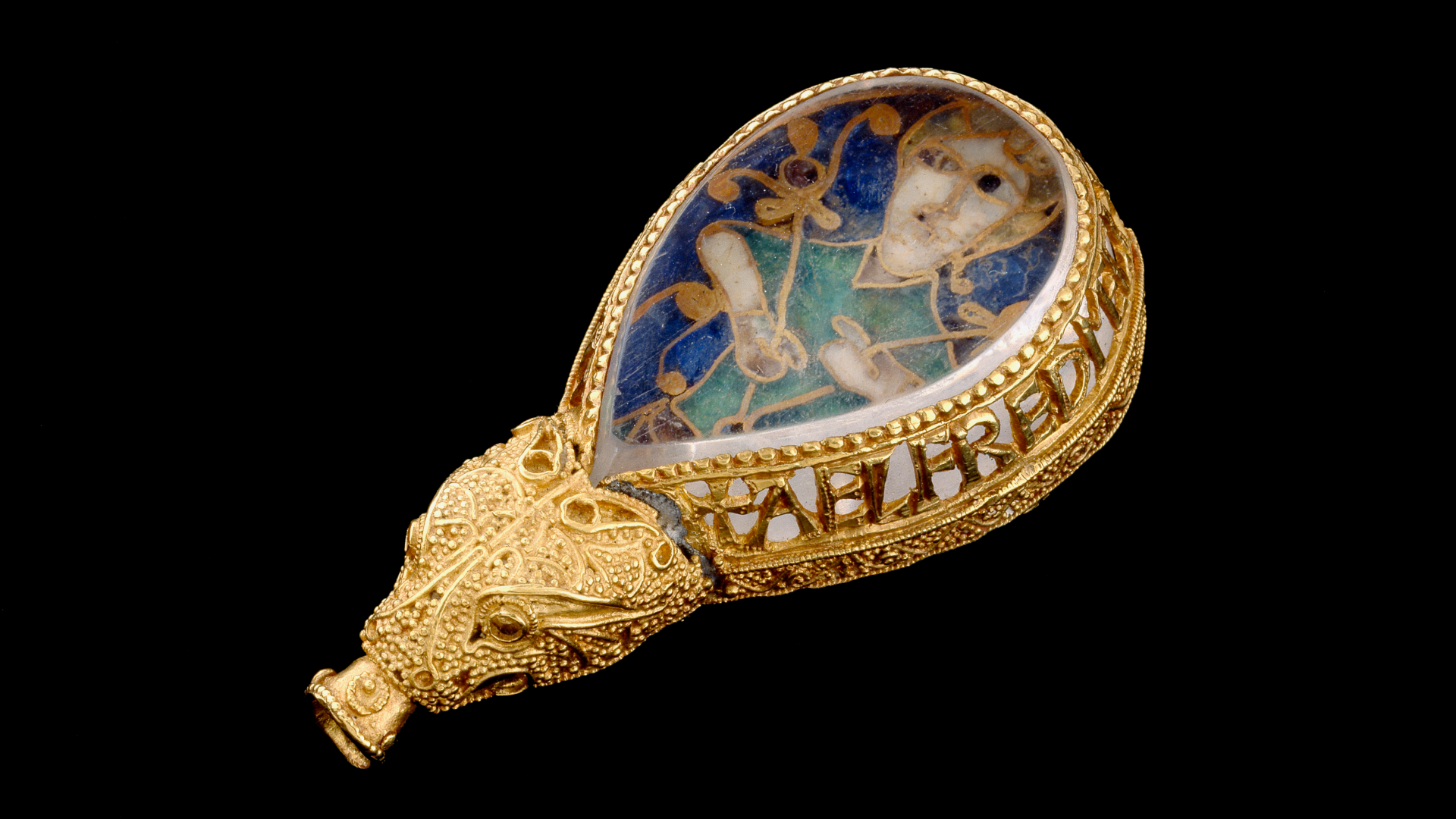Family of Exotic Tetraquarks Discovered

A family of related, exotic particles, each made up of four quarks, has been discovered. The finding could hold clues about the evolution of the universe, the researchers said.
The four newfound tetraquarks, now called X(4140), X(4274), X(4500) and X(4700), each are composed of two quarks and two antiquarks (the antimatter partners of quarks). Yet each of the newfound particles has a different mass and different subatomic properties. They are considered a family of tetraquark siblings because of having the same quark composition and arrangement.
Quarks are elementary particles, the building blocks of protons and neutrons. Until the recent discoveries of tetra and even pentaquarks, physicists thought quarks grouped only into pairs or triplets. The newfound tetraquark family is even more distinct because the family members are made up of heavy, exotic types of quarks — known as charm quarks and strange quarks — which are not found in everyday materials.[7 Strange Facts About Quarks]
Finding tetraquarks
Tomasz Skwarnicki, a physicist at Syracuse University in New York, and Thomas Britton, a Syracuse University doctoral student, discovered these tetraquarks by analyzing data from CERN's Large Hadron Collider (LHC), the world's most powerful particle accelerator. The experiment, called LHCb experiment, is one of seven particle-physics detector experiments in the atom smasher. The LHC brought hundreds of scientists together from around the world to collaboratively study data from the particle accelerator in an effort to understand what happened after the Big Bang that allowed matter to survive and build the universe.
In the LHCb experiment, scientists sent two proton beams zipping at near light-speed around the circular accelerator. When they collided, various exotic particles formed, including the newfound tetraquark family.
The tetraquarks systems are transient, Skwarnicki explained. After their creation, they begin to decay within 10^-24 of a second, a near unmeasurably small amount of time. Tetraquarks are produced in the decay of another known particle, B mesons, which have longer life spans. It is from these decay products that physicists could reconstruct that the tetraquarks existed. Signatures of the B mesons' tetraquarks are applied to the selection criteria when the researchers analyzed data from the LHCb collisions, allowing them to discover the family's existence.
This newfound particles exist in different excited states, which is what gives the tetraquarks different masses.
Get the world’s most fascinating discoveries delivered straight to your inbox.
"When you have a bound system of quarks [in this case, a tetraquark], they also come in these different excitations. Each excitation level will have its own properties," Skwarnicki said. "A whole spectrum of excitations is possible for the same bound system."
While this family could also be thought of as one particle at four different excitation levels, particle physics has historically identified such groupings as "families," the researchers said.
Why care about tetraquarks?
The discovery of these particles could help add to scientists' understanding of the death of stars and the aftermath of the Big Bang, Skwarnicki said.
For example, scientists currently understand that a neutron star, once it burns through its nuclear fuel, will begin a gravitational collapse that squeezes all the atoms in the star into a very tight object that is like one huge nucleus. Skwarnicki said it is possible that some fraction of the matter in a neutron star consists not only of neutrons, but also of tetraquarks.
"Tetraquarks could also play some role in evolution of the universe after the Big Bang," Skwarnicki told Live Science. "Conditions in the early universe were very different than now, and these systems [of particles] could have played some role in early phases of the universe."
Skwarnicki and Britton detailed their discoveries in the June issue of the journal Physical Review Letters.
Original article on Live Science.



